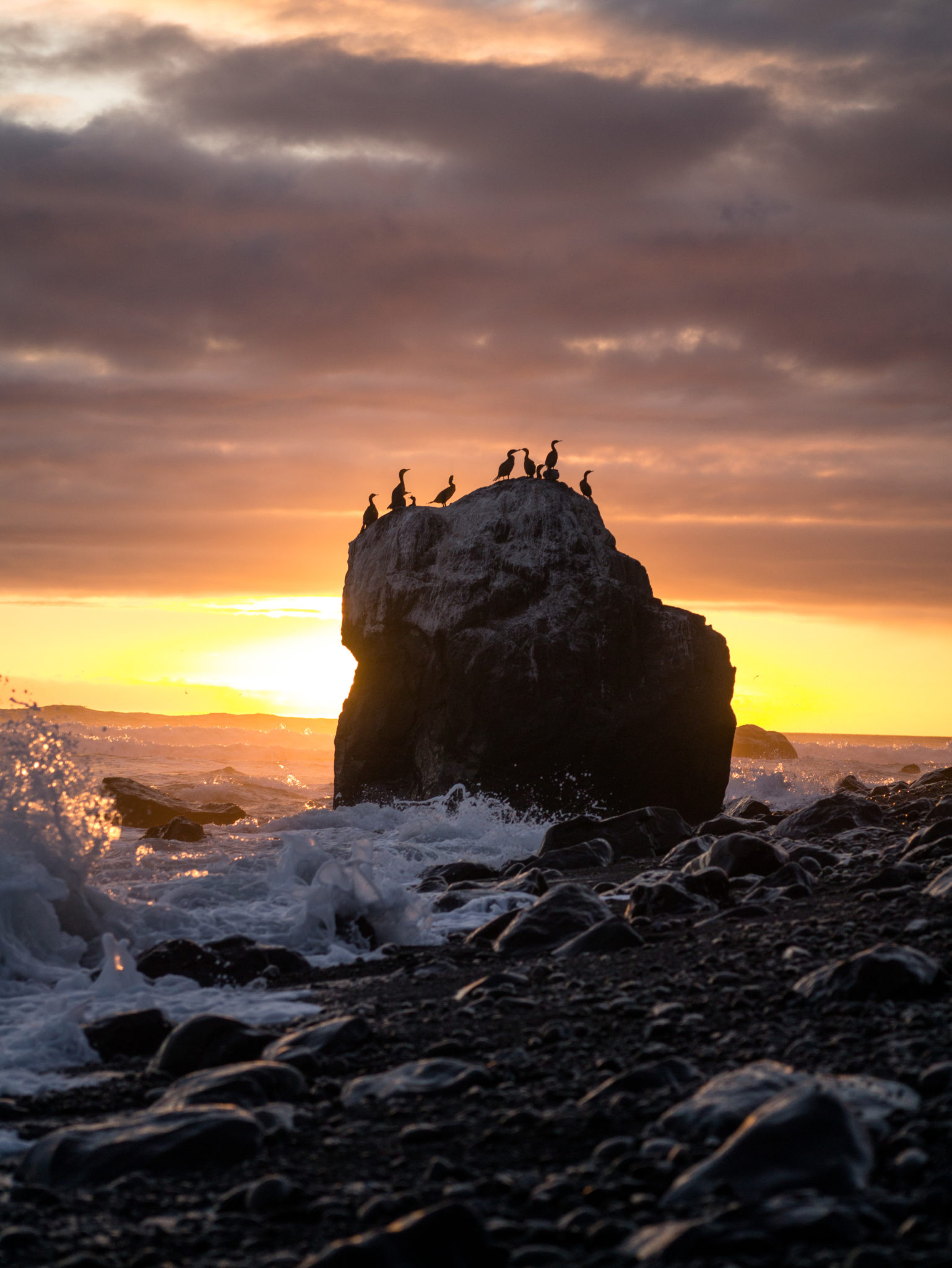Last Updated on 05/12/2015 by Chris Gampat
Image by Jonathan Reader. Used with permission.
Photographer Jonathan Reader recently sent us a piece of beautiful creative writing explaining why photography is a heck of a lot more than most people think it is. Jon is 21 years old and tells us the story of how a client wanted him to send her all of the photos he shot during a session. He tried explaining to her that that’s difficult to do and not exactly practical because of how RAW works. Combine that with his special methods of metering to ensure that his images are the best he can make them and it becomes even tougher.
Jonathan’s musing is after the jump.
As an inspiration for all that I do, I enjoy referring to Dorothea Lange and her very famous quip,
“The camera is an instrument that teaches people how to see without a camera”
When I say I’m going to do some “photography”, the word really focuses on the end product, the photo. Such a focus is a dangerous overlooking of everything that leads up to that final, beautiful, finished rectangle. Photography isn’t just about capturing a “photo” or taking a “picture”, as though it already exists in the world and we just need to point at it and click. In this day and age, a camera isn’t a picture making machine. A camera is a tool that records facts about light. How much of it was there? What colors did it come in? From where did it come? How long did it last? Where was it going? When I look through my eyepiece, I arrange that light and I focus it to my liking and record the whispered answers to those questions in as much detail as I like, which is usually as much detail as I can get.
This is the primary reason you can’t see my RAW photos. I expose to the right, I shoot in brackets, and I shoot grey cards so I can adjust my white balance later. But all you will see is garbage. You will ask why your portrait is so grey and the colors are off. You will ask me why the stars in the night sky are so dim, and why the night sky is so blue when it looks black in real life. These are not photos, this is data. These are the answers to questions about light, and I have over two decades of tools that do things with these questions. They make the darkness darker, and edges more absolute. They make your skin glow gold, or show a paleness devoid of life. They flatten hours into a single moment, showing you where the heavens went while you were sleeping. I use these tools to assemble that data into something you’ve never seen, something you’ve never considered. This is the way it has always been. After all, in the days of film, it was in the darkroom that the magic happened. I do all of these things and I decide which of the lights’ stories I want to tell you, and then I click save. It goes to the cloud. You look at it on your google drive. Strangers do the same on Flickr. Maybe someone decides to print it out and hang it on a wall.
You receive this finished product. A rectangle. Perhaps it is framed in your hallway. More likely it glows in your hand, in silent study halls and on trembling train station platforms. I made this rectangle for you. This photo will make you feel awe, because it is deserving of it. This photo will make you feel uncomfortable because it is real in all of the ways you don’t want to admit. This photo freezes time and space. At your convenience, you can put away your phone and think about it a little bit less. To you, it is just an image: a rectangle of color, light and shade. But I am the one who listened to the whispers of light, and told you what it had to say.


